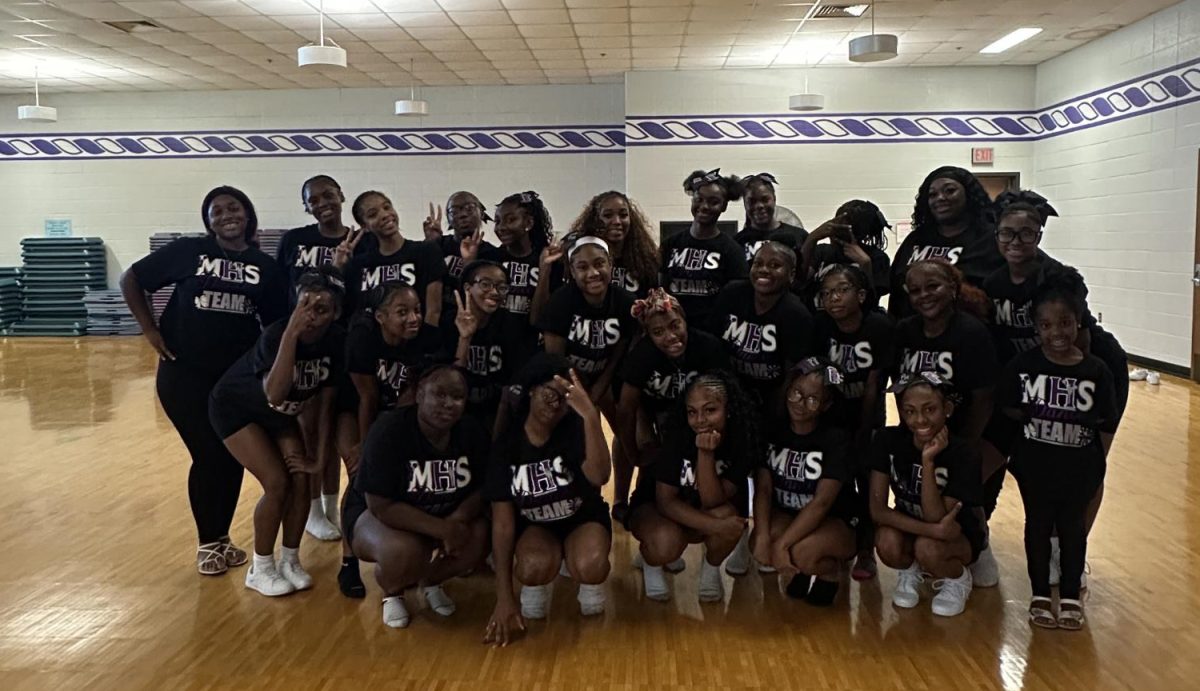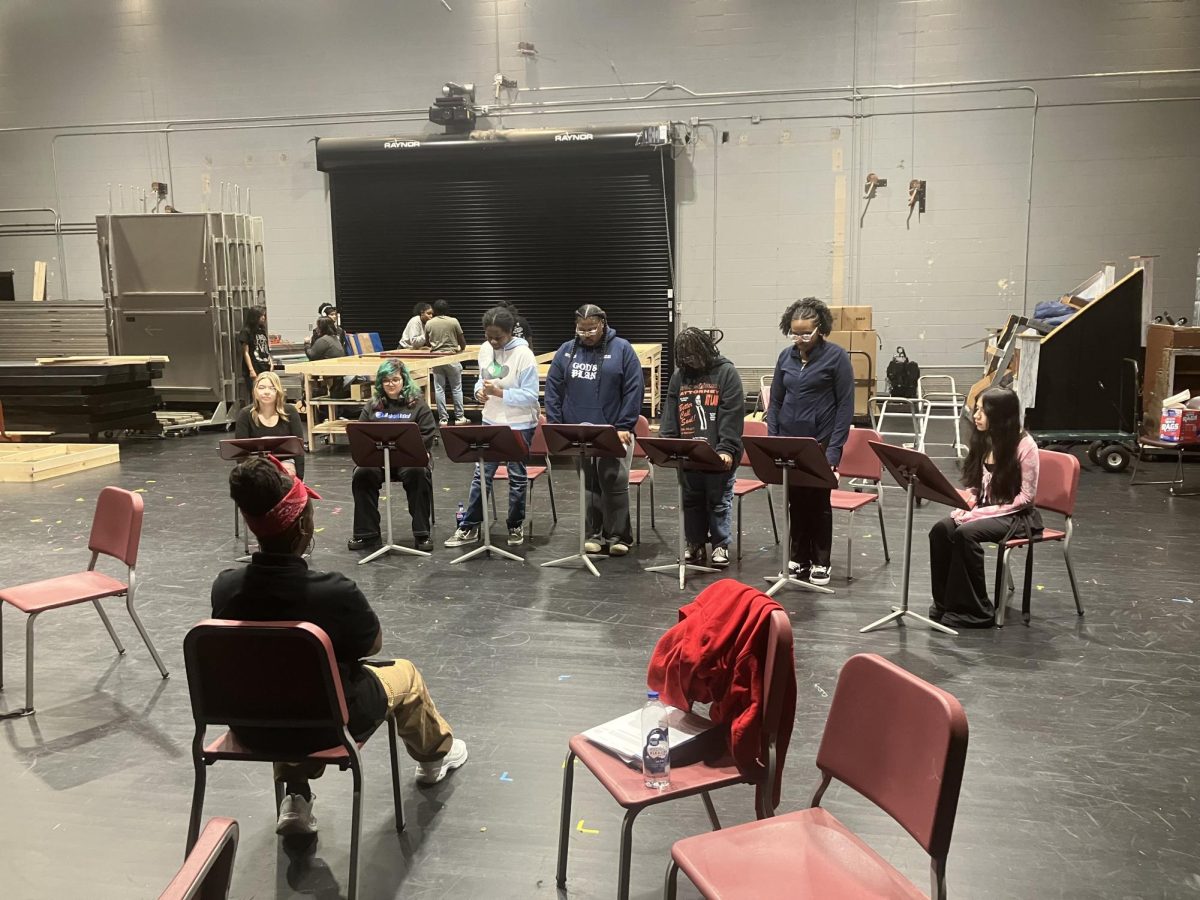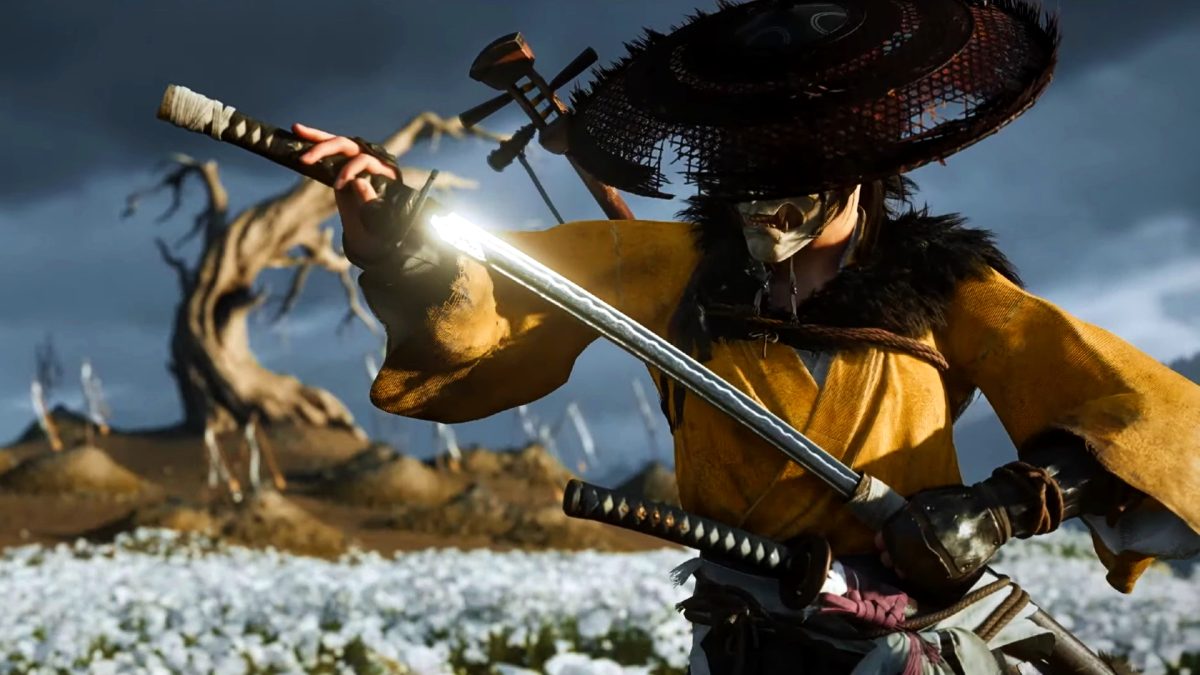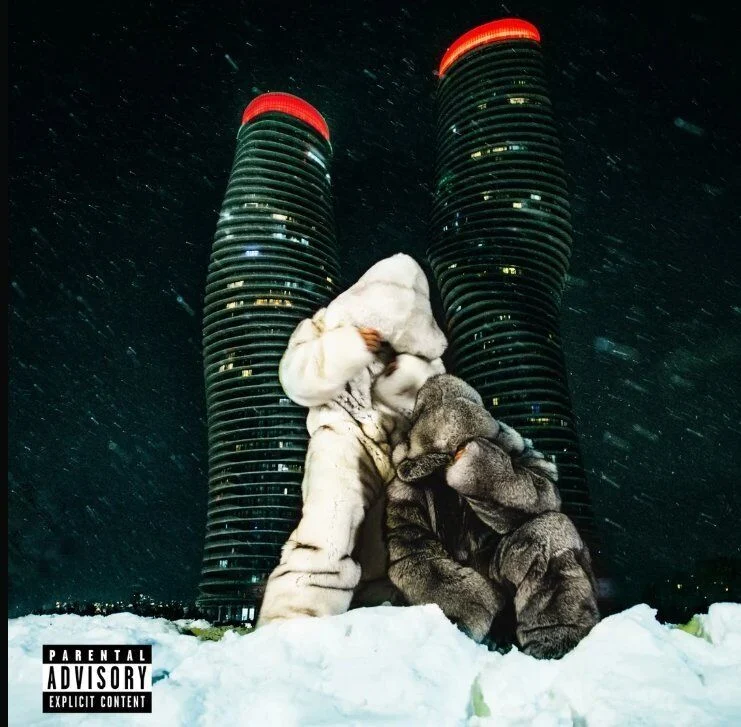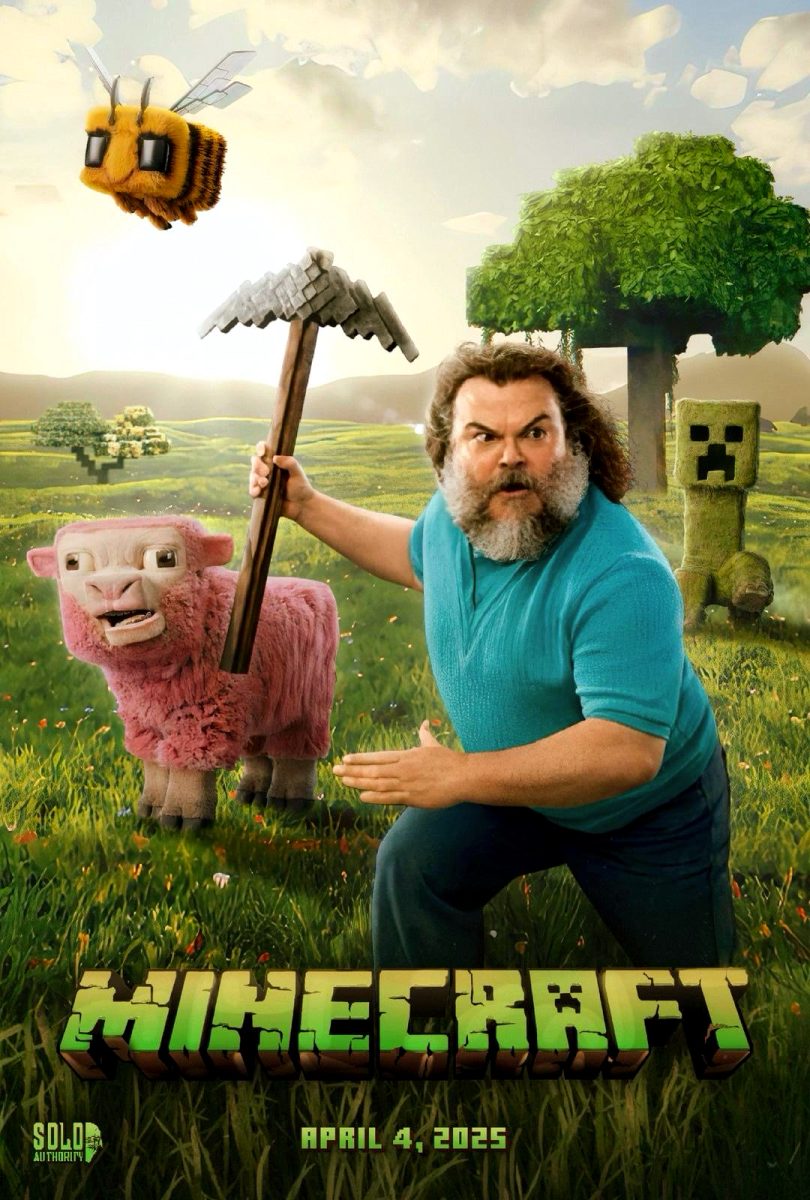*(This review contains one minor spoiler pertaining to Atsu’s character, not the story itself)
From breathtaking landmarks, beautifully displayed Japanese culture, and brutal but exhilarating combat, Ghost of Yotei has everything from its predecessor and more.
Ghost of Yotei, developed by Sucker Punch game studio, is a 2025 action-adventure game set in 16th century Japan, where you play as a young female mercenary who vows to avenge her family’s murder by hunting the ruthless group, known as the “Yōtei Six”. The game stands as a sequel to Sucker Punch’s previous game, Ghost of Tsushima, where you also played as a warrior, but instead, that game focused on a samurai’s internal struggle between embracing honor versus necessity.
In many ways, Ghost of Yotei embraces its Tsushima roots, however, it does differ in a couple ways. For one, the main character, Atsu, is a female mercenary, who was created off of the inspiration of early samurai films. This differs from the first game, considering mercenaries were deemed as enemies and honor was the primary focus of the game. In Yotei, the idea of “honor” is thrown out of the window, and Atsu always opts towards the necessary option, even if that choice results in her gaining a poor reputation. Secondly, Atsu is bold, aggressive, and determined in her pursuit for the Yōtei Six, which can be compared to Jin Sakai, the main character from Tsushima. However, what separates the two characters is that Jin took on the title of “Ghost” in order to protect the innocent people of his land; Atsu takes on the title only to serve herself, and in fact, her reputation as “The Ghost” naturally ends up hurting those around her.
Atsu’s character is thoroughly explored through a new flashback system in the game, which allows the player to interact with her past instead of just sitting and watching it through a cutscene. Through these flashbacks, we learn more about Atsu’s family and begin to understand why she has chosen the life of a traveler for herself.
Similarly to Tsushima, this game features magnificent sights no matter what part of the map you’re on. When going from mission to mission, you get the opportunity to ride your horse through open grassfields, beautiful forests, snowy mountains, and you’re able to hike up shrine mountains which offer a gorgeous view of the map once you reach the top.
In terms of combat, if you played Ghost of Tsushima and are expecting to have an easy welcome back to Ghost of Yotei, you are poorly mistaken. Yotei combat is somewhat similar to Tsushima combat, however, it is much more difficult. From personally playing both games on Hard mode, I can say that the enemies are a lot less forgiving in Yotei when it comes to attacking. They move much faster with their blade, and sometimes, not even a single parry is enough to throw them off their balance. In addition to this, most enemy types in this game are prone to switching weapons, which forces the player to adapt and switch their weapons up, as well. Some enemy types in the game even feature weapons that are inaccessible to the player, and you are forced to learn how to fight back against it.
After achieving hours of gameplay, my only gripe about the game is the parry system. For those unfamiliar with what this means, a “parry system” is a player’s ability to perfectly block an attack at the right moment, which allows for the player to counterattack and punish the attacker. The issue with Yotei’s parry system is that the glint indicators that alert the player to block are inaccurate to the actual attack itself. When playing Tsushima, the player is alerted for a parry-able attack right when the opponent’s blade is about to hit the player, which provides a nice heads-up to parry. In Yotei, the glint indicator appears once the opponent is about to engage in the attack, which winds up being confusing for the player because the glint doesn’t properly indicate when the attack is actually about to collide. When you can’t parry properly due to the game’s parry system and parrying is your main style of gameplay, this can be discomforting and a little annoying at times when you’re in the heat of battle.
Ignoring the minor issues of the game, Ghost of Yotei is still a wonderful game with a compelling storyline. The new combat functions with the newly added weapons are refreshing to use, all of the characters that you interact with are quite memorable through their diverse personalities, and the world just feels so lively. You can be on your way to one mission and get completely sidetracked into helping a poor settler who was wronged by some raiders, which is just amazing for an open-world game. Overall, it’s definitely worth playing, and it isn’t just an “exact copy” of Ghost of Tsushima like some people believe it to be. However, it’s important to note that the game costs $70, which obviously is a lot of money, so I suggest only getting it if you’re a hard fan of Sucker Punch games and their sequels, or you’re a hardcore samurai fan. Otherwise, it’d probably be in your best interest to let the price lower a bit before purchasing.










